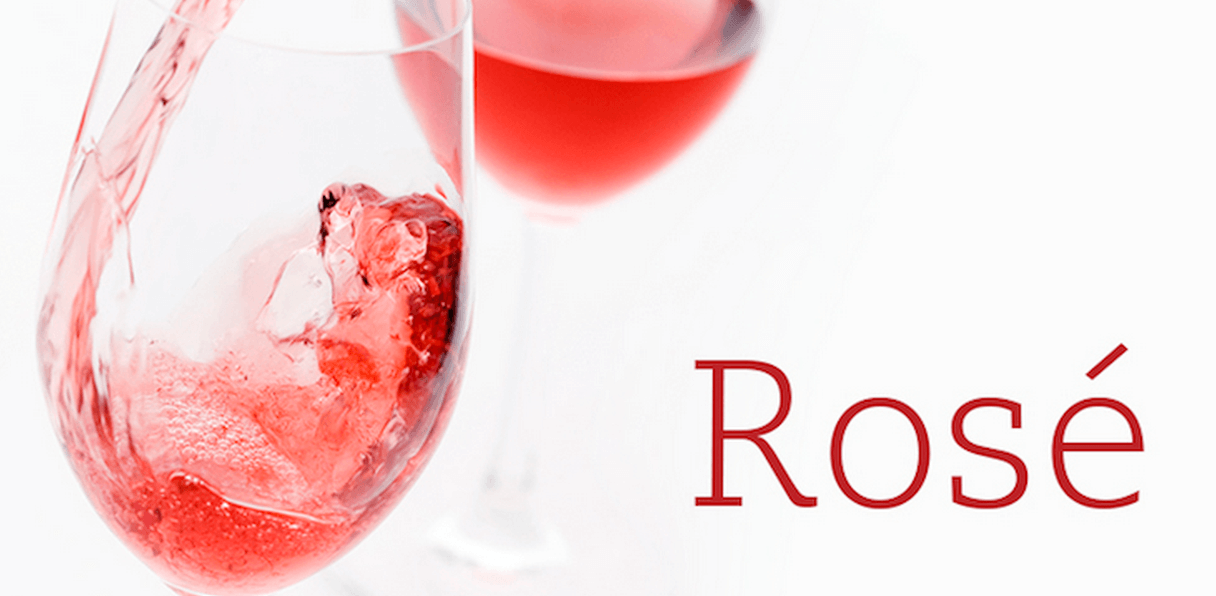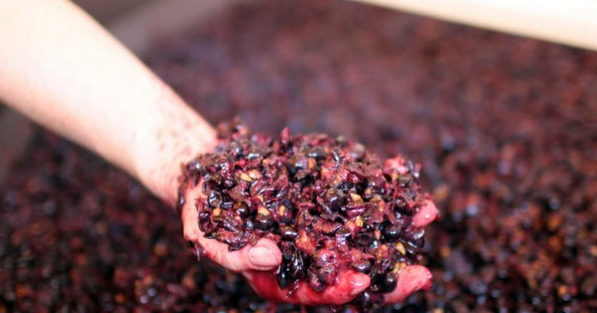

Rosé wines carry very unique colors and flavors
If you’ve always thought Rosé wine was only a woman’s drink, stop right there.
During summer time in France, men can drink Rosé as much as women. Just as wearing a pink shirt is fine for a man, drinking a pink wine does not emasculate him. Being able to drink a pink wine can be seen as a very sexy thing.
And you would also be wrong to assume that Rosé wine is the minority wine drank in France. The French love their Rosé wine. In fact, Rosé wines considerably outsell white wines in France.
The region of Provence remains the popular place to produce Rosé wines. 40% of all bottles of Rosé wines produced in France come from this region. Provence is very focused on producing Rosé wines as well. Every 8 out of 10 wines produced in Provence are Rose wines. Rosé wines provide the perfect compromise between red and white wine. They are not as intense as bold, tannic red wines and have more depth and flavour compared to light white wines. This makes it the perfect party wine.
However, Rosé wines are very delicate and difficult to make. It’s important to appreciate the winemaking process that gives Rosé wine its unique color and flavor.
Contrary to popular belief, Rosé wines are not made by mixing red with white wines. There are 2 methods to produce rosé wines: direct pressing, as well as maceration and bleeding (“saignée”). Both processes only use red grapes.
Direct pressing:
Red wine is given its colour from the red grape skin. The grape juice itself is colorless. Therefore, a winemaker can control the red color depth of a wine by controlling the time the skin stays in contact with the grape juice.
In this technique, the grape juice is allowed to be in contact with the skin for a short period of time - much shorter than when producing a red wine - before being directly pressed to get a juice that’s passed to the next step in the process. That juice is then fermented in a tank. The Rosé wines obtained from this method, such as the Rosé wines from the Loire Valley, have a paler pink color since the juice is in contact with the skin for a very short time.
Maceration and bleeding:
Compared to direct pressing, where the grapes are pressed as a whole, the maceration and bleeding technique requires the grape contents to be separated naturally first.
For this technique, the red grapes are first de-stemmed and crushed. The grapes are then poured into a tank and left to macerate a couple of hours. With the help of gravity and time, the skin will float to the top, while the rest of the grape contents fall to the bottom of the tank. The resulting juice in the tank is allowed to ‘bleed’ out through the bottom. The juice obtained is then fermented in cold tanks. The majority of the Provence and Tavel Rosé wines are made this way. This process gives the wine a deeper pink color compared to the direct pressing method.
From these two processes, the short contact with the grape skin leaves Rosé wines with the fresh fruity flavours that are similar to those in white wines. The fruity flavors are also made possible due to the sunny Mediterranean climate where the grapes for Rose wines are grown.
In most cases, it is best to drink Rosé wines within one or two years after the bottling while they are still fresh. We believe that it is necessary to explore Rosé wines to bring more variety to your palate.
If you are looking to taste some, we do carry the following Rosé wines in our online store here.
Wine novice or interested in discovering wines you do not have access to? Every month receive two bottles of exclusive French wines at home with our tasting guide. Find out more






